Another Childhood Classic Disappoints: Thuvia Maid of Mars by Edgar Rice Burroughs
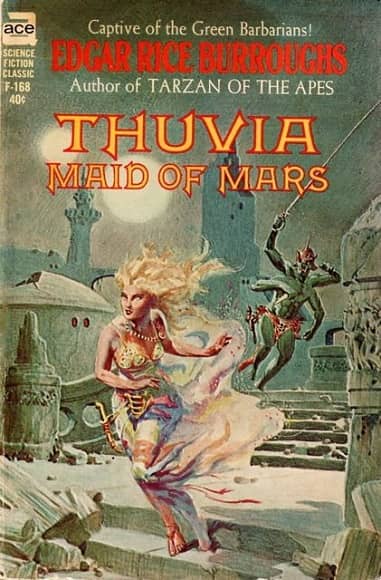 |
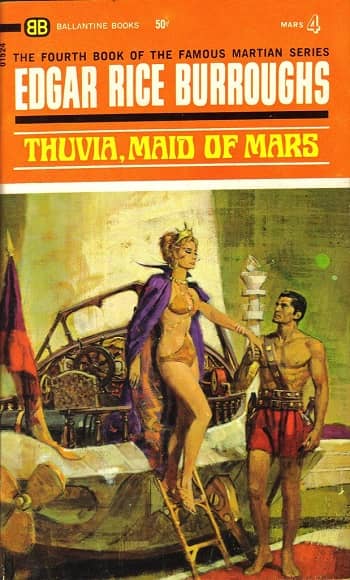 |
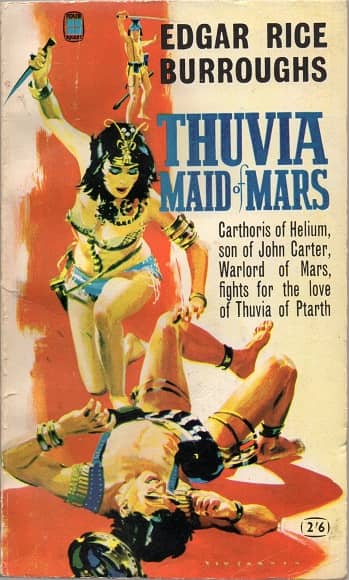 |
Thuvia of Mars paperback editions (Ace 1962, Ballantine 1969, Four Square 1962). Art by Roy Krenkel, Jr., Bob Abbett, and Roy Carnon
During confinement and adjusting to a new job (while writing a new novel!), I’ve been feeling like my bandwidth is restricted. To calm my brain at times, I’ve been rereading books I enjoyed. My reread of the X-Men is well underway (here’s post X in the blog series), and I’ve also relistened to R. Scott Bakker’s Prince of Nothing (covered here by Theo), Charles Stross’ Saturn’s Children and the first two books of The Lord of the Rings. They were all good.
I’ve had rocky experiences on rereads before though. Dune aged poorly for me in some important ways (I detailed it here) and Anthony’s Spell for Chameleon had little redeem itself in my mind (the ways that reread fell flat are here).
I was optimistic about rereading my first novel experiences, Edgar Rice Burroughs though. I’d previously talked about Burroughs and the amazing biography written about him here. Princess of Mars, Gods of Mars and Warlord of Mars were all too well remembered so I downloaded Thuvia Maid of Mars at Librivox.org, which does audio recordings of public domain books. This novel was also discussed by Black Gate blogger Ryan Harvey a few years ago, so if you want an alternate view, it’s here.
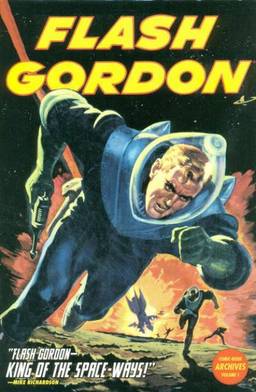
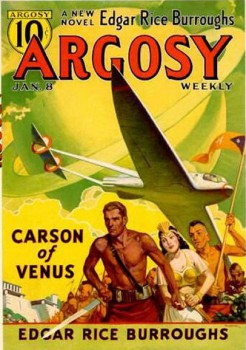
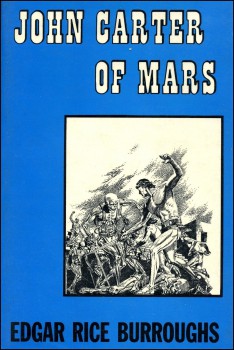 So it ends here, not with a climatic epic, but with a bit of house cleaning almost fifteen years after the author’s death. The final book in Edgar Rice Burroughs’s career-spanning Barsoom saga is a slender volume containing two unrelated novellas.
So it ends here, not with a climatic epic, but with a bit of house cleaning almost fifteen years after the author’s death. The final book in Edgar Rice Burroughs’s career-spanning Barsoom saga is a slender volume containing two unrelated novellas.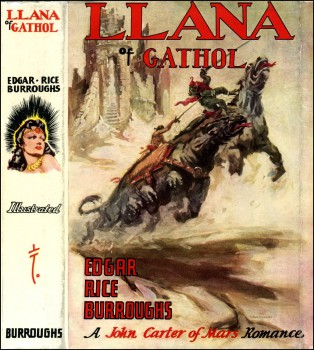 Back on Mars, and closing in on its finale, after my short sabbatical… What can I say? It seems Synthetic Men of Mars will suck out the desire to keep trudging forward from even the most dedicated ERB enthusiast.
Back on Mars, and closing in on its finale, after my short sabbatical… What can I say? It seems Synthetic Men of Mars will suck out the desire to keep trudging forward from even the most dedicated ERB enthusiast.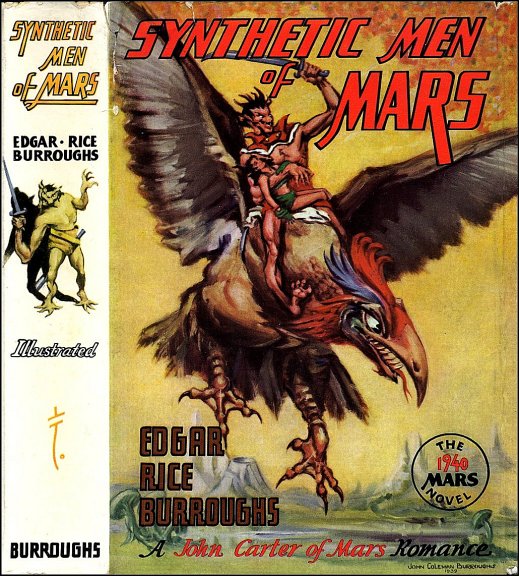 Greetings, late 1930s ERB! How have you been? Oh, not that great? Yes, I know how it is. I’ve read enough of your output from these days.
Greetings, late 1930s ERB! How have you been? Oh, not that great? Yes, I know how it is. I’ve read enough of your output from these days.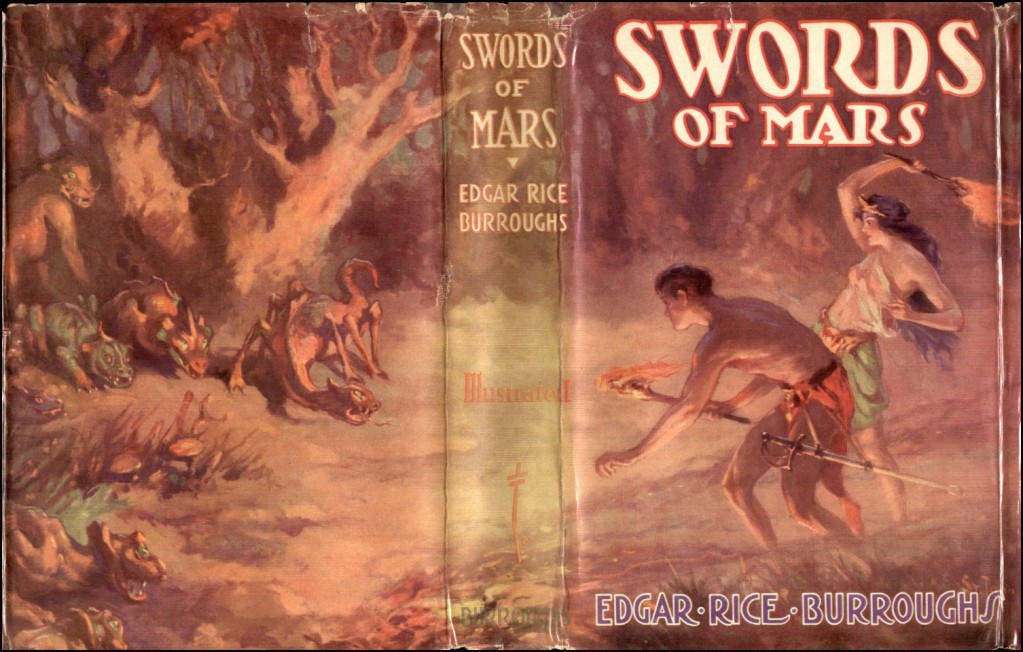 “But my memories of that great tragedy are not all sad. There was high adventure, there was noble fighting; and in the end there was — but perhaps you would like to hear about it.”
“But my memories of that great tragedy are not all sad. There was high adventure, there was noble fighting; and in the end there was — but perhaps you would like to hear about it.”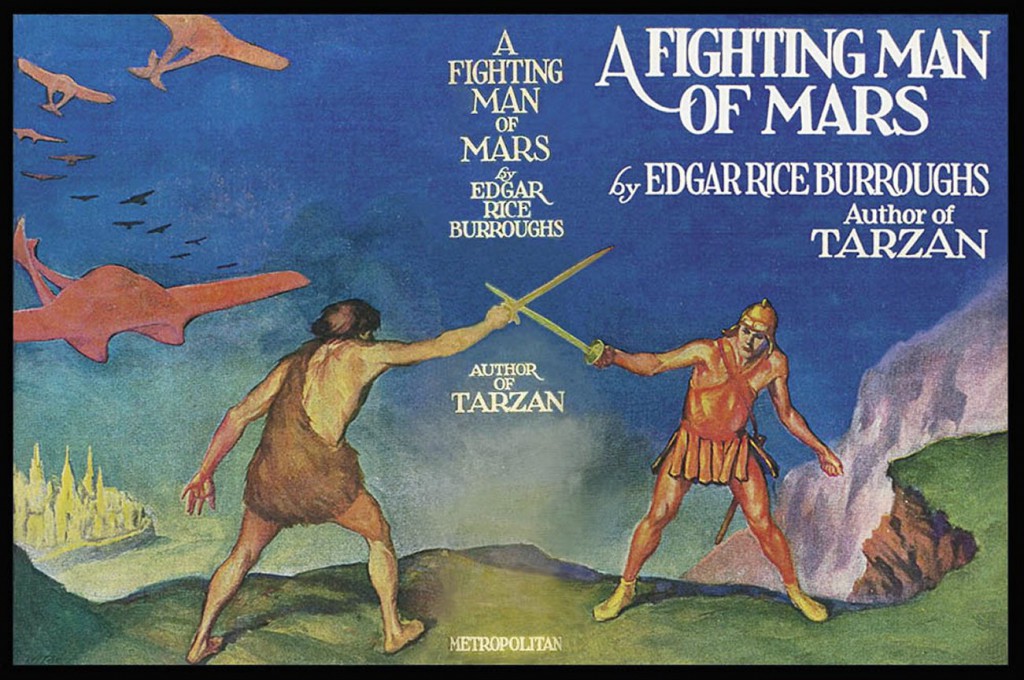 Back on Mars already?
Back on Mars already?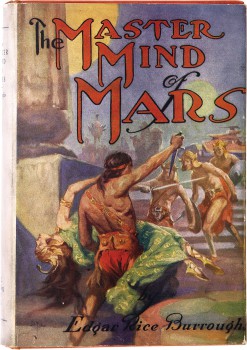 I maxed out on Barsoom back in March. After reviewing the first five Martian novels over a span of two and a half months, I switched over to writing about the movie
I maxed out on Barsoom back in March. After reviewing the first five Martian novels over a span of two and a half months, I switched over to writing about the movie 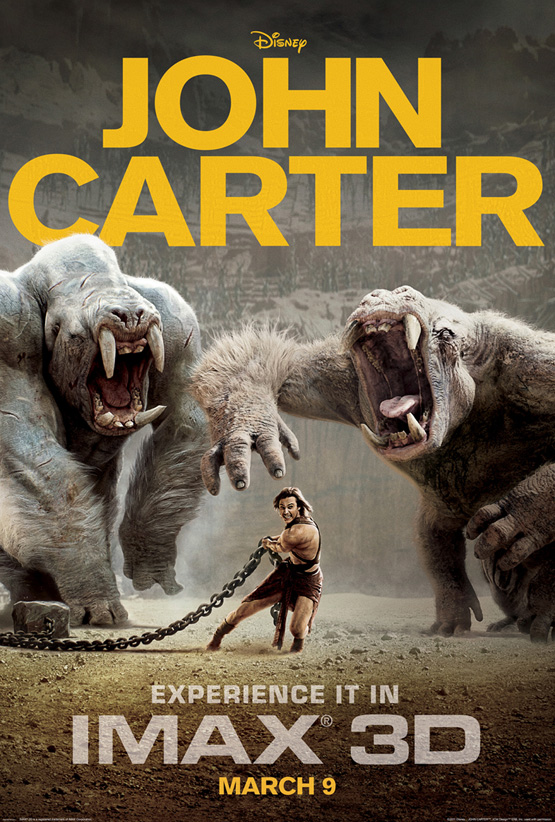 John Carter (2012)
John Carter (2012)